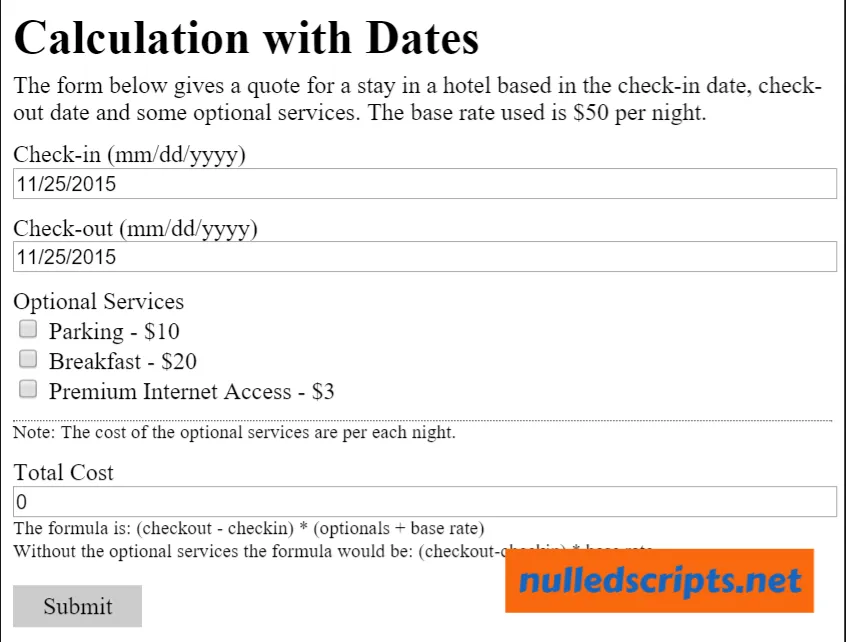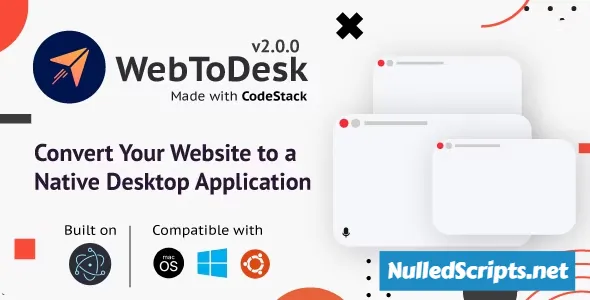
Item Details
Includes a form builder for adding/editing various types of fields, including one or more automatically calculated fields based on data entered into other fields.
Features
Field Types: The form builder should support a variety of field types, including text fields, numeric fields, date fields, dropdown menus, checkboxes, radio buttons, and file upload fields.
Drag-and-Drop Interface: An intuitive drag-and-drop interface that allows users to easily add, rearrange, and remove fields on the form.
Calculation Fields: The ability to create fields that automatically calculate values based on formulas or data entered into other fields. For example, you might want to calculate a total cost field by multiplying a quantity field with a price field.
Formula Builder: A user-friendly formula builder or equation editor that allows users to define calculations easily. This should support mathematical operators (+, -, *, /), functions, and conditional statements.
Data Validation: Built-in data validation to ensure that the entered data is of the correct type and within specified ranges. For instance, ensuring that a date field contains a valid date or that a numeric field only accepts numbers.
Conditional Logic: The ability to set conditional rules for fields. For example, you may want to show or hide certain fields based on the input in other fields.
Customizable Themes: Users should be able to customize the look and feel of the form by changing colors, fonts, and adding branding elements.
Accessibility: Ensure that the form builder generates accessible forms, complying with web accessibility standards (WCAG) to accommodate users with disabilities.
Data Storage: The form builder should allow you to specify where the collected data will be stored, whether it's a database, a cloud service, or through email notifications.
Integration: Integration with other tools or systems, such as CRMs, email marketing platforms, or project management software, to automatically send or store form data.
Collaboration: Support for collaborative form building, allowing multiple users to work on the same form simultaneously.
Version Control: Keep track of versions and changes made to forms, and the ability to revert to previous versions if needed.
Permissions and Access Control: Define roles and permissions for users, ensuring that only authorized individuals can access and modify forms.
Mobile Responsiveness: Forms should be responsive to different screen sizes and mobile-friendly.
Preview and Testing: A preview mode to test the form before it's published, making sure that calculations and logic work as expected.
Reports and Analytics: Provide tools for generating reports and analyzing the data collected through the forms.
Security: Ensure the data collected is secure, including data encryption, protection against SQL injection, and other security measures.
Auto-saving: The builder should automatically save progress to prevent data loss in case of interruptions.
Templates: Pre-built templates for common types of forms, saving time in form creation.
Documentation and Support: Comprehensive documentation and support resources for users who need assistance.





